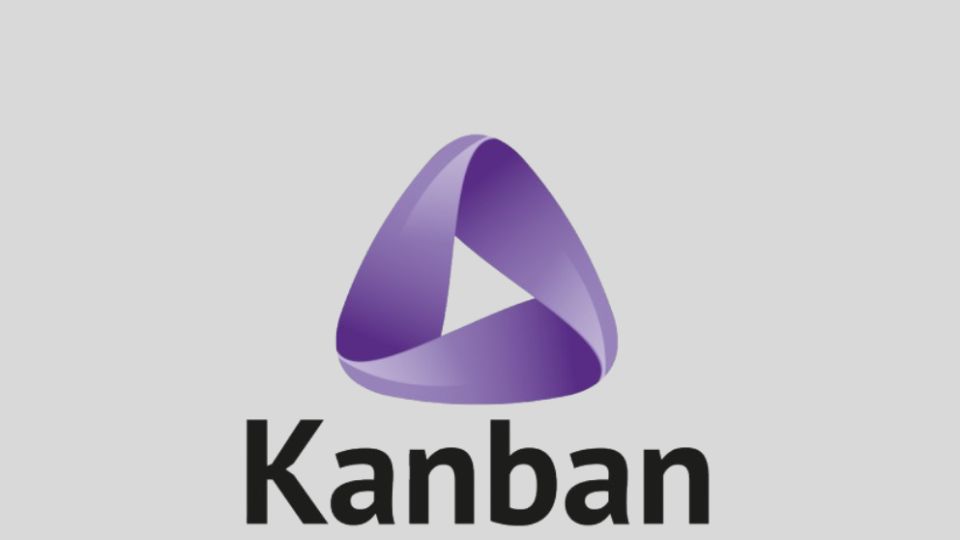What is Kanban and Why is It Popular?
Kanban is a well-known project management methodology that focuses on increasing efficiency and fostering collaboration. Originally from manufacturing, Kanban has grown to be widely applied in various fields, such as software development and Agile project management. It emphasizes visualizing work, limiting work in progress (WIP), and improving workflows to deliver high-quality results with speed and consistency.
Understanding Kanban
Kanban is a Japanese word translating to "signboard" or "visual card," first used by Toyota in the 1940s. As a way to optimize production workflows, it has become one of the pillars of Agile methodologies, shaping how teams manage their work today.
Key Principles in Kanban
- Visualization: A Kanban board with columns showing various workflow phases and "cards" representing tasks as they move from stage to stage.
- Limit Work in Progress (WIP): By restricting the number of tasks in progress, Kanban avoids bottlenecks and focuses on efficiently completing work.
- Manage Flow: Teams track task progression and eliminate workflow interruptions.
- Continuous Improvement: Teams continuously learn and adjust their processes based on feedback.
Why Do Organizations Find Kanban So Popular?
Kanban’s increasing adoption is driven by its simplicity, flexibility, and clear advantages. Here are the key reasons why organizations adopt Kanban more frequently:
- Simplicity and Ease of Implementation
Kanban is simple to implement with minimal training or role assignments compared to other methodologies. The Kanban board can be adjusted to fit the workflow of any team, making it accessible to organizations of all sizes. - Clarity through Visualization
The visual nature of Kanban boards provides a clear snapshot of the status of tasks: what’s in progress, what’s waiting to be done, and what has been completed. This helps promote accountability and alignment among team members and stakeholders. Tools like Vabro enhance this by offering customizable Kanban boards with real-time updates. - Flexibility and Adaptability
Unlike Scrum, which is tied to fixed timeframes and iterations, Kanban allows teams to prioritize tasks dynamically. This flexibility makes Kanban ideal for projects with evolving requirements, and it can be used in various industries, from software development to marketing and healthcare. - Enhanced Team Productivity
By limiting WIP, Kanban reduces task-switching and burnout, enabling teams to stay focused on delivering value. This methodology fosters collaboration and promotes a culture of continuous improvement, which further boosts productivity. - Data-Driven Decision Making
Kanban uses metrics like cycle time and throughput to identify inefficiencies in workflows and optimize them for better performance. These insights help teams make informed decisions and achieve consistent delivery rates.
How Kanban Works with Tools Like Vabro?
Modern tools such as Vabro make implementing Kanban easier than ever. The digital Kanban boards offered by Vabro enable teams to create task cards and workflows, monitor their WIP limits to maintain efficiency, track performance metrics like lead time and cycle time, and provide real-time updates and notifications. These capabilities make Vabro one of the best tools for organizations that integrate Kanban into their operations.
Kanban’s popularity stems from its simplicity and adaptability, with its ability to optimize workflows. It limits work in progress, visualizes tasks, and encourages continuous improvement for better efficiency and alignment among teams. Whether you’re a small startup or a large enterprise, implementing Kanban with tools like Vabro can transform how you manage projects and provide value to your stakeholders.
